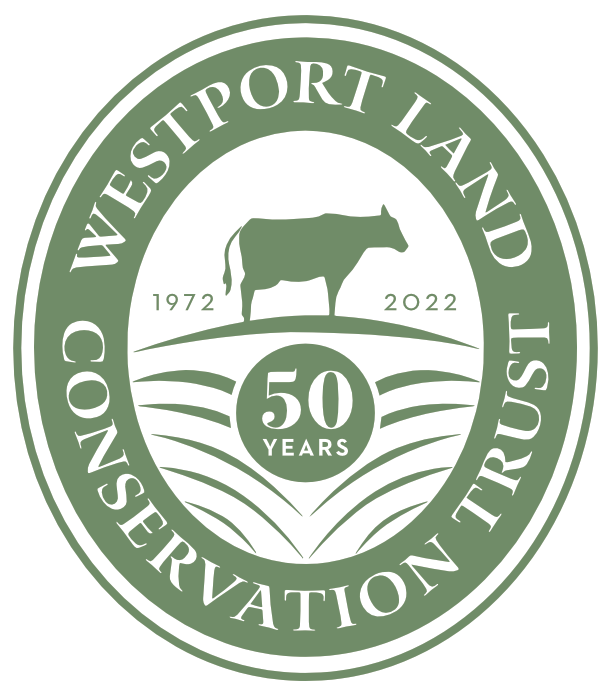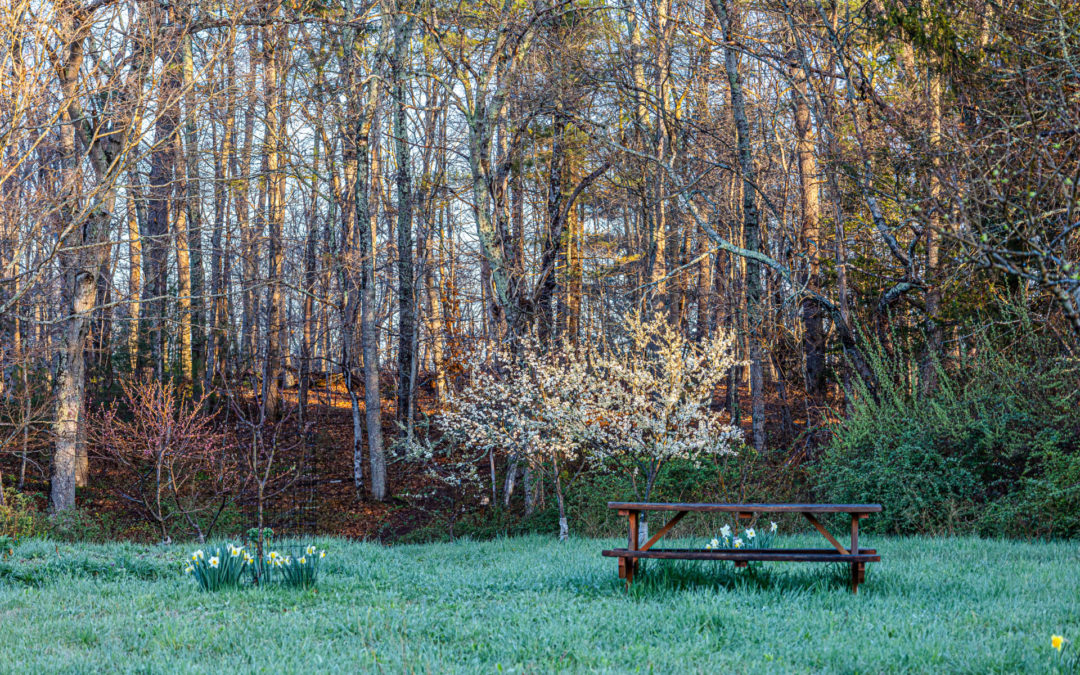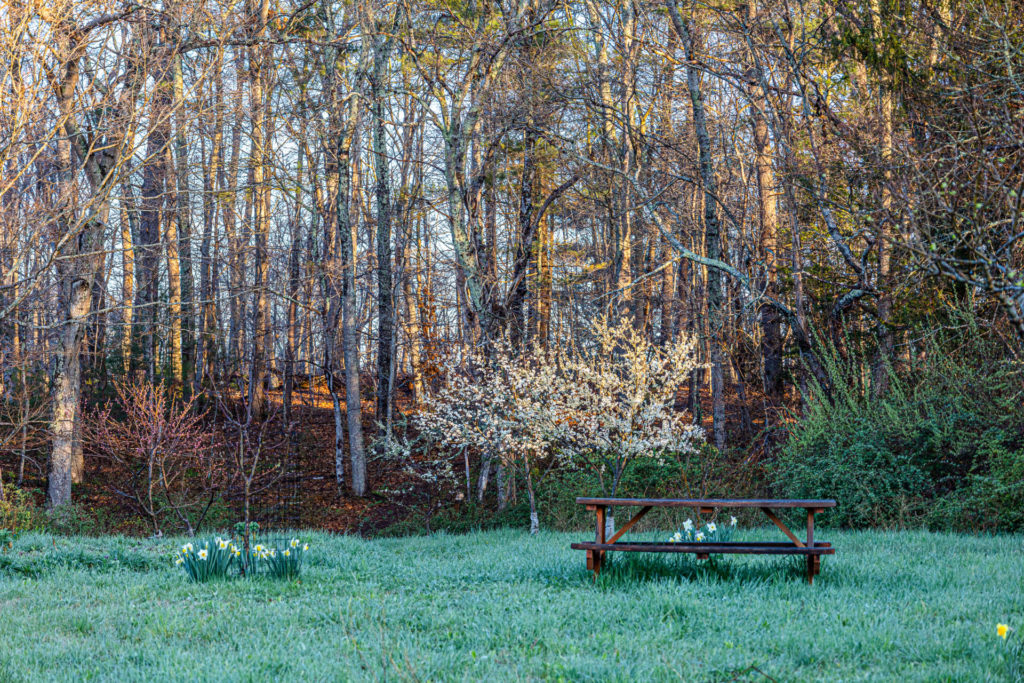
Spring is in full force, the plants and trees in Westport are beginning to show their buds. Buds are intriguing structures, tough little capsules that enclose and protect the embryonic flowers and leaves. On your next hike keep a look out for these buds beginning to mature into the plants and flowers we love. In the meantime, enjoy these up close photos taken by Greg Stone.
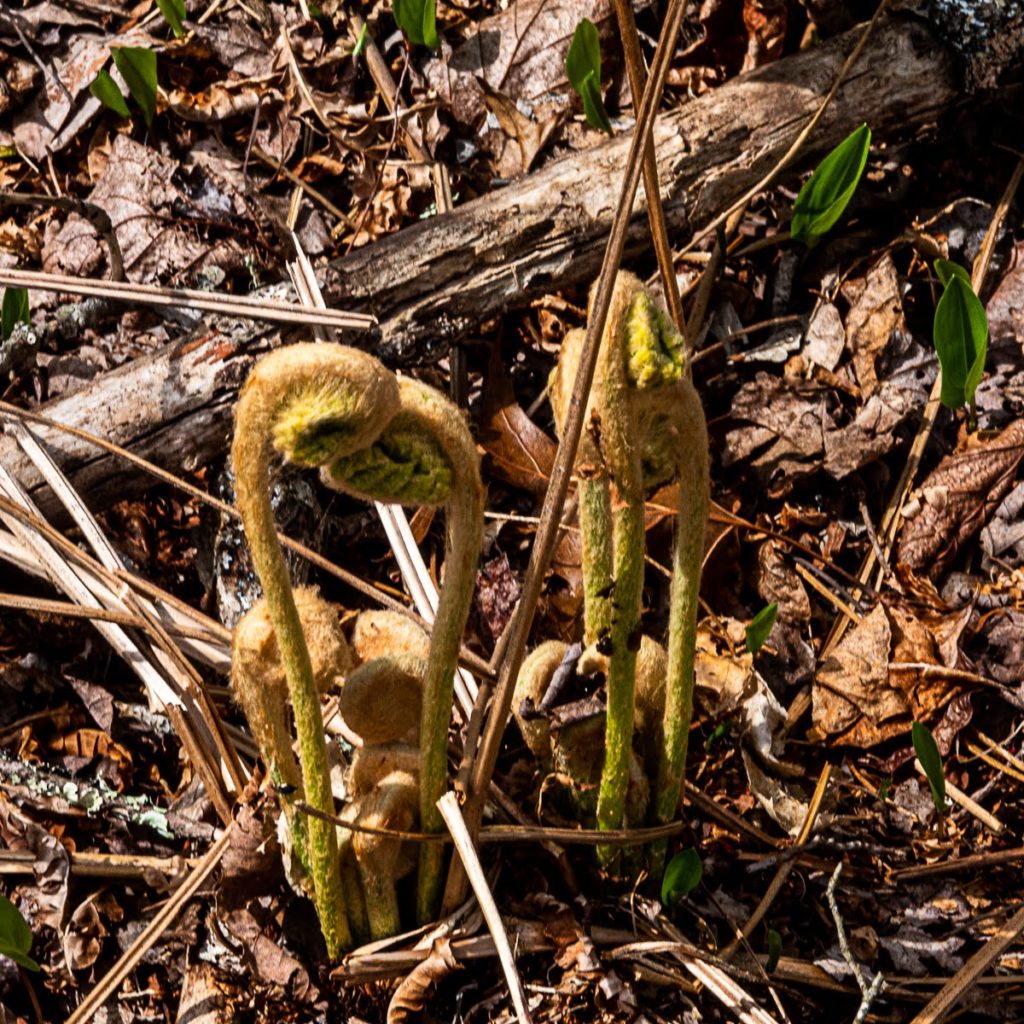
Beginning in early spring, fiddleheads can be found in ravines, roadside ditches, and moist wetlands. These buds eventually stretch and grow out into big fan like leaf structures called Ferns. Ferns do not have flowers or seeds, and reproduce through lightweight spores that can be blown extreme distances in the wind.
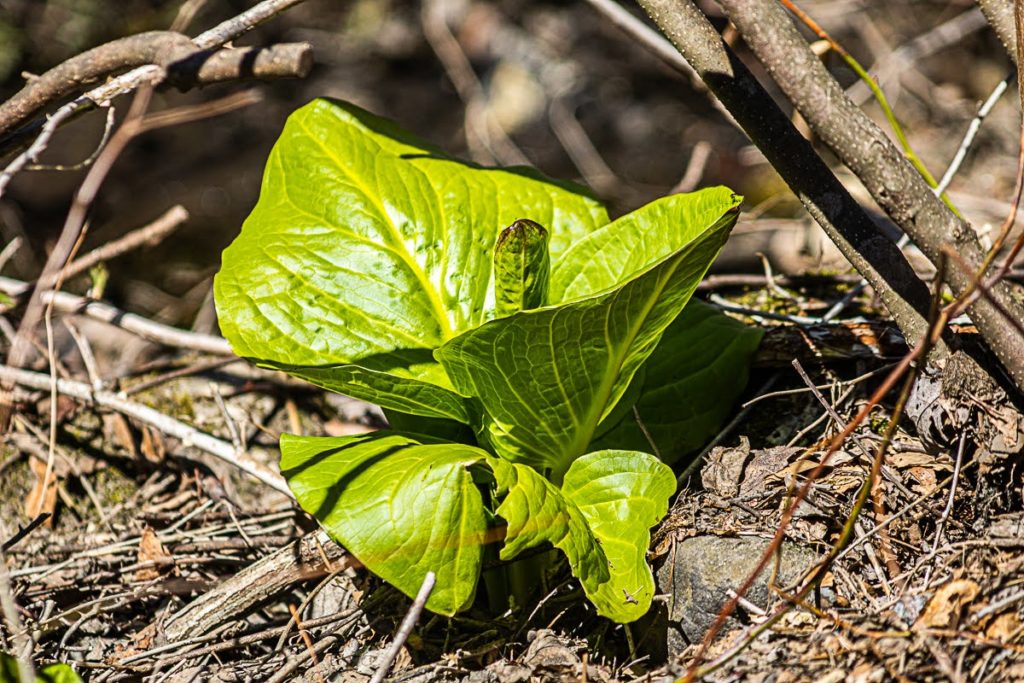
Another indicator that you are in or close by to a wetland is Skunk Cabbage. It is one of the first plants to grow during the spring, it is one of the few plants that can generate heat, by cyanide resistant cellular respiration. The putrid odor attracts pollinators and insects tricked by the smell of rotting flesh.
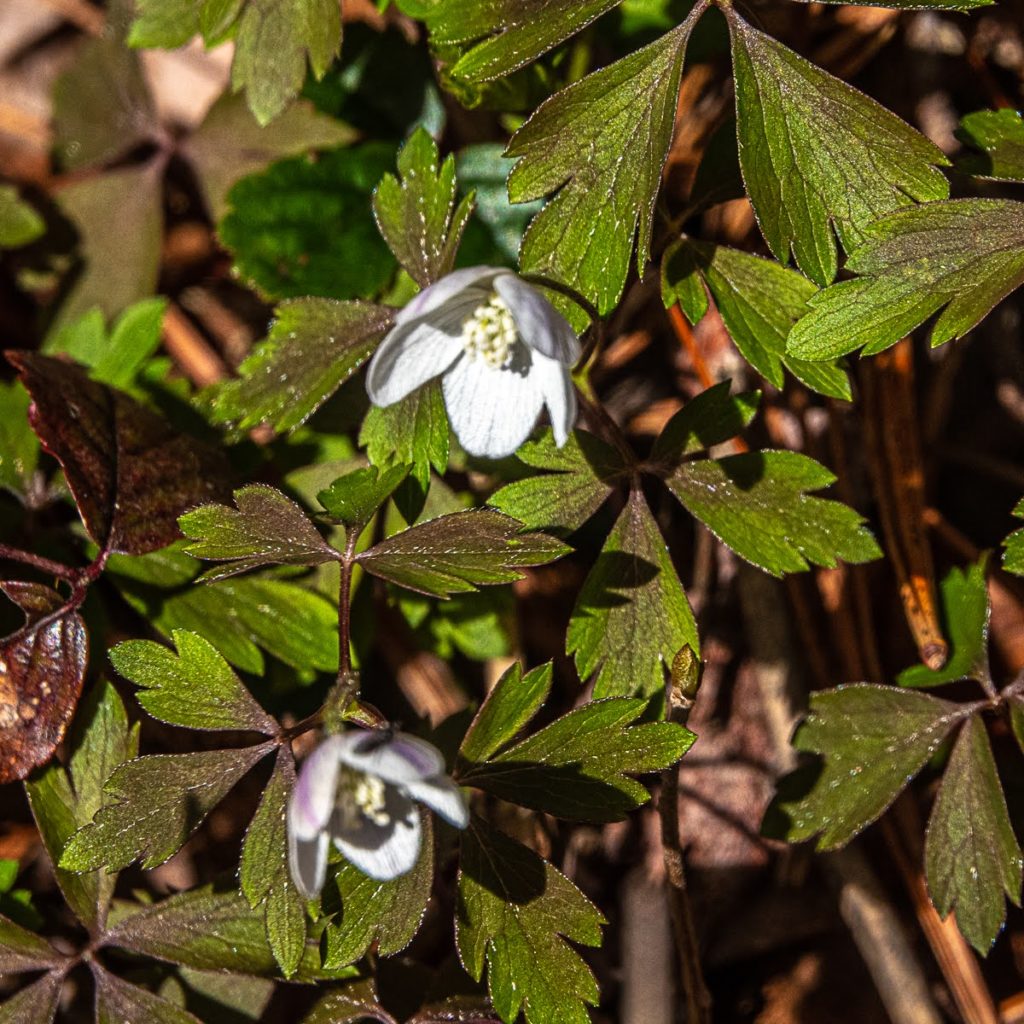
Commonly called wood anemone or windflower this five-leaved plant is an early spring bloomer. Starting in March it emerges, reproduces quickly, and dies back to its rhizome by midsummer. Rhizomes are simply fleshy underground stems. They grow underground or right at ground level with many growing points or eyes similar to potatoes.
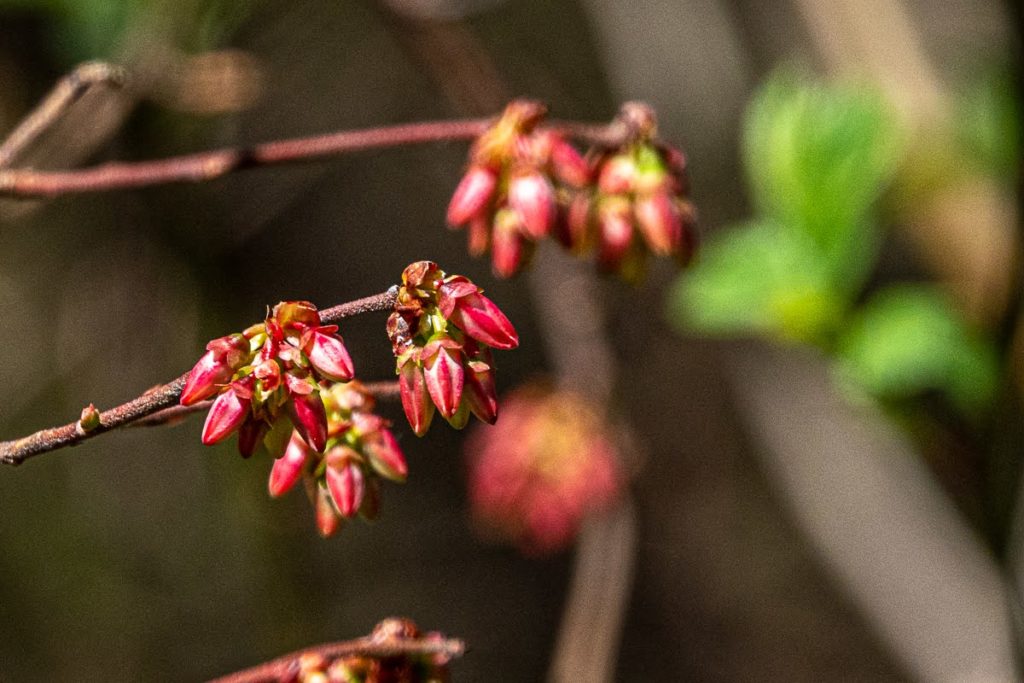
Red Maple Buds begin to swell during the spring, turning into a beautiful red leaf that really pops during the foliage months. Red Maples are becoming increasingly more common in New England Forests as Sugar Maples are declining due to climate changes.
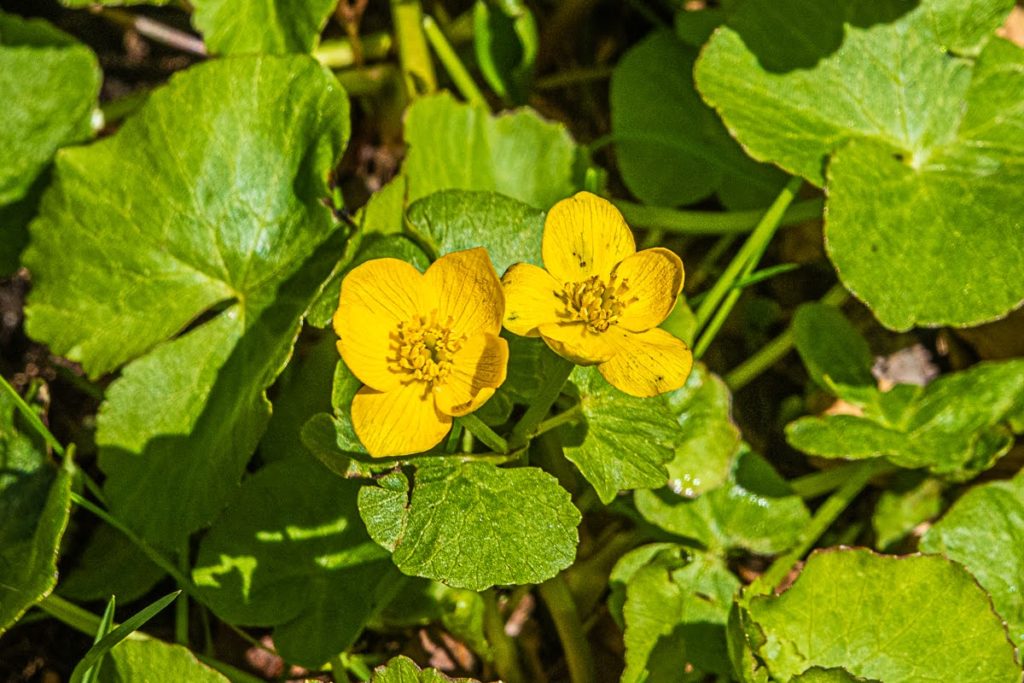
Marsh Marigold is a small to medium size perennial plant of the buttercup family, found in marshes and wet woodlands in temperate regions of the Northern Hemisphere. The Marigold is adapted to rain pollination. When a raindrop hits the flower at the right angle it disperses its seed. The seeds have spongy tissue that make them float on the water’s surface until washed up on a bank suitable for the species to grow.

